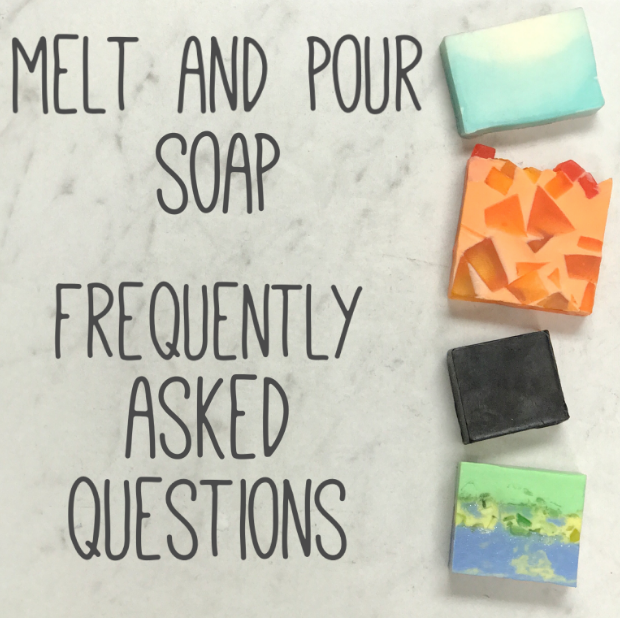Soap making is a craft that allows you to control the ingredients, additives, and fragrances in your soaps. Creating your own soap also will enable you to make custom varieties to meet skincare needs, such as moisturizers and exfoliants. This process uses various soap making supplies and is friendly for novices. Here is what you need to know about soap making for beginners:
Basics of Soap Making
Melt and pour and cold process are the two primary methods of soap making. The melt and pour method uses a pre-formed base, making it a beginner-friendly option. These bases can be made of glycerin, shea butter, or goat’s milk. Once melted, stir your preferred additives into the base before pouring the mixture into a mold.
The cold process method is a more advanced process that requires mixing lye and oils. Lye is a substance that reacts with fat to form glycerin and soap. Cold process soap making allows you to have greater control over your additives, fragrances, and oil combinations. This method requires a curing period, but it results in a high-quality bar of soap.
Both methods require high-quality ingredients to create a soap that feels smooth on the skin, maintains its form, and lathers well. Oils and butters influence a soap’s moisturization ability and hardness. Essential oils and fragrances provide the final product’s desired scent.
Soap Making Supplies
Getting the correct soap making supplies for either method helps create a high-quality bar of soap. Melt and pour soap making requires a soap base, and different bases add various properties to your product. Shea butter provides hydration, while glycerin bases create a high lather. Glycerin bases are also useful if you desire a transparent bar of soap. Cold process soap making requires more ingredients, such as fatty oils, distilled water, and lye. Coconut oil and olive oil are often selected because they create a strong lather and provide a conditioning aspect. Shea butter is a fat that helps produce a creamier bar of soap. Other soap making supplies include:
- Fragrance and essential oils: These oils are used to customize the scent of your soap bar. Fragrances like lavender, lemongrass, and vanilla are often used by soap makers for their subtle but pleasant scents.
- Colorants: These come in the form of oxides, clays, and mica powders. Color additives help enhance the appearance of your soap. Oxides often create earth-tone finishes, while clays provide soft hues with silky textures. You can use mica powders to create a bar of soap with layered or swirled colors.
- Molds: Molds determine the size and shape of your soap. Silicone molds are frequently chosen because their flexibility allows for easier removal of the bars.
- Thermometers: Melt and pour soap bases may need to be heated to recommended temperatures to prevent burning and keep soap pourable.
- Stick blenders: Blending sticks are useful when layering soap colors or stirring in dried flowers or herbs.
Tips for Soap Making
Soap making often requires precise measurements and special techniques for a safe and successful outcome. Use a digital scale to help you calculate an effective lye-to-oil ratio for the cold process method. Be sure to wear safety goggles, gloves, and long clothing when working with lye. Also, always add lye to water, as adding water to lye may create a hazardous reaction.
Experiment with different combinations of oils and bases to customize your soap and its final properties. Adding or removing an oil from your soap mixture usually adjusts a bar’s hardness, conditioning effects, lather, consistency, and more. Experimenting with scent and essential oil combinations can provide insight into a bar’s skincare characteristics.
The cold process method requires a curing period and has specific requirements to achieve successful results. Curing your soap in a space with plenty of ventilation helps prevent excess moisture from accumulating in the soap through evaporation. When your soap is done curing, store it in a dry, cool area to prevent moisture absorption.
Get Soap Supplies Today
Soap making is an engaging hobby that allows you to create custom soap. You can control the color, scent, consistency, and more with the right soap making supplies. If you are a beginner looking to get started or learn more, contact Bulk Apothecary today.


